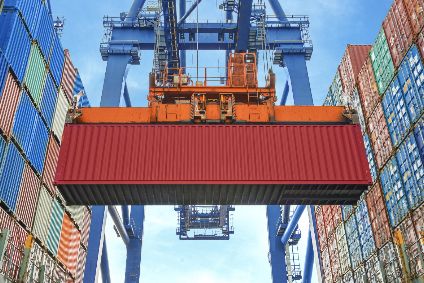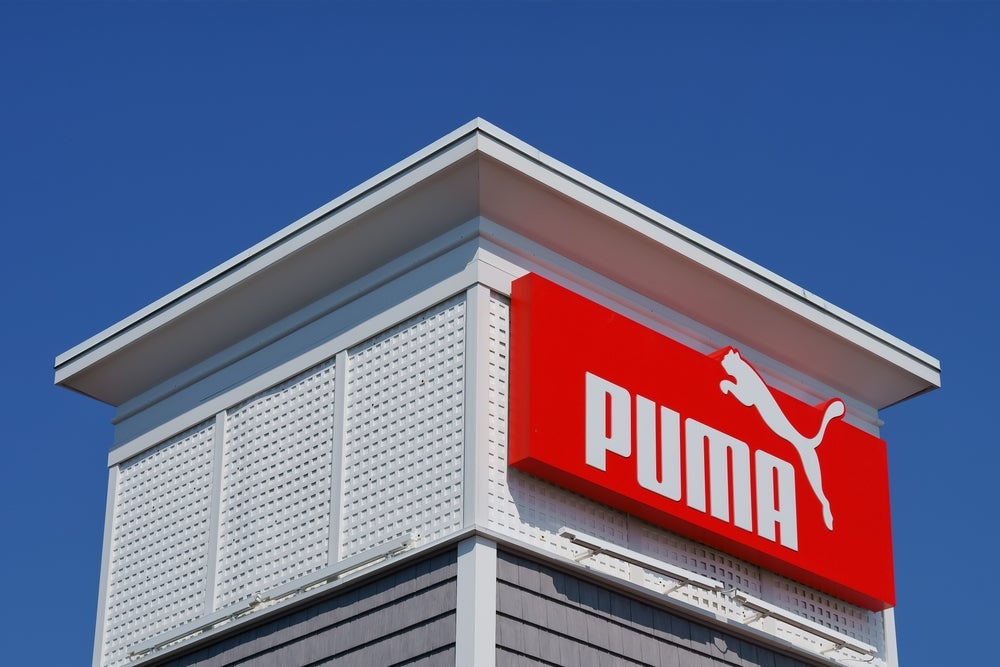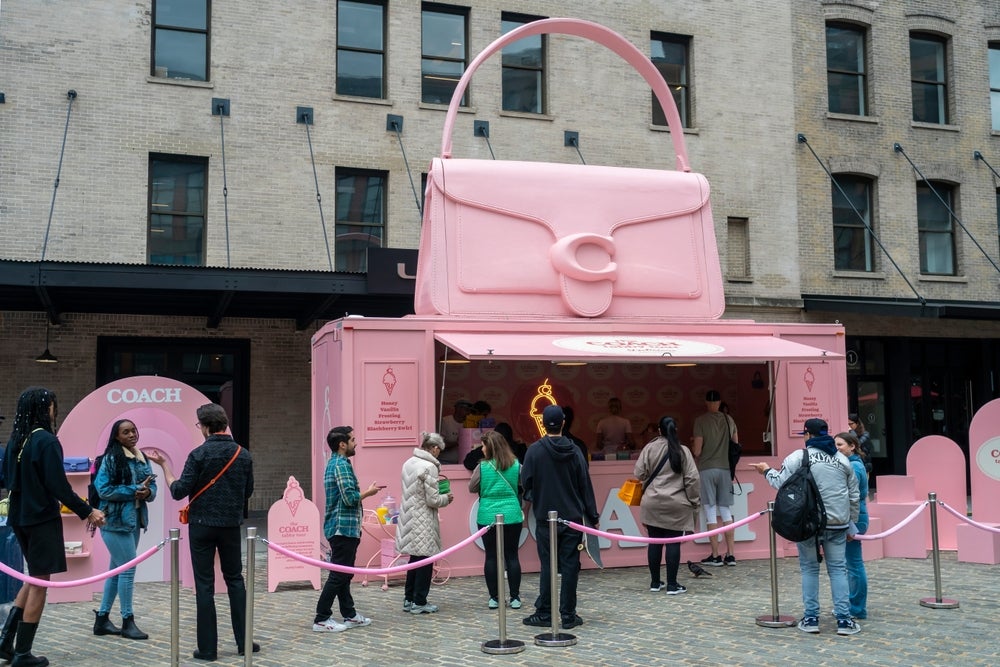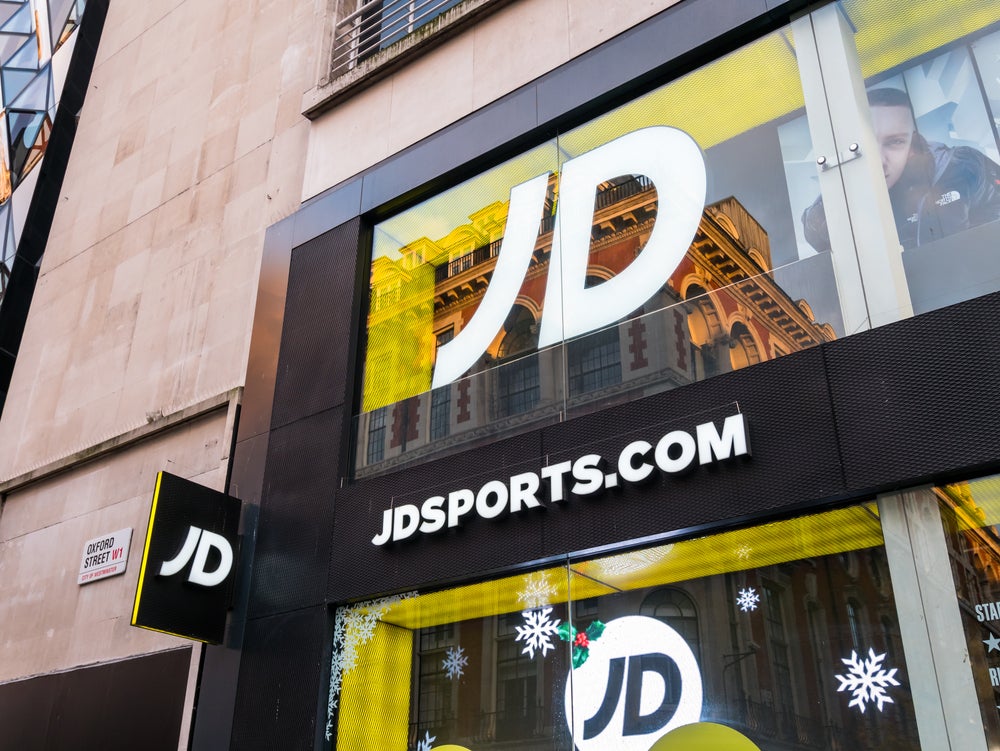
The Mojave Inland Port will be situated 90 miles from San Pedro Bay, allowing goods to arrive by rail from nearby ports more efficiently and to be redirected to their final destinations more quickly. Ground on the new facility is expected to be broken in 2023 and it is expected to be fully operational in 2024.
The first-of-its-kind facility will “significantly” reduce supply chain pressure at both US ports and provide an annual economic benefit of US$500,000 locally and state-wide.
“The Port of Long Beach has seen record container traffic in recent years, which shows no sign of slowing down,” said Mario Cordero, executive director of the Port of Long Beach. “The Mojave Inland Port is the type of innovative solution that will alleviate congestion and allow dockworkers to do their jobs more efficiently, getting goods to businesses and consumers faster. It will also ensure the Port of Long Beach can adapt to growing demand and continue to be an engine of economic growth.”
Port congestion and backlogs at Long Beach and Los Angeles have been a problem for some time with both destinations struggling to clear import containers to their inland destinations and export containers being held back due to lack of space.
In June, the White House and the US Department of Transportation named retired general Stephen Lyons as the new port and supply chain envoy to try to tackle the disruptions.
See Also:
The new ports are expected to have the capacity to handle approximately 3m containers per year. These will be offloaded from ships on to shuttle trains for direct transport through the underutilised Alameda Corridor directly to Mojave, where they will be distributed. This will also result in an economic benefit of more than $100m along the Alameda Corridor.
How well do you really know your competitors?
Access the most comprehensive Company Profiles on the market, powered by GlobalData. Save hours of research. Gain competitive edge.

Thank you!
Your download email will arrive shortly
Not ready to buy yet? Download a free sample
We are confident about the unique quality of our Company Profiles. However, we want you to make the most beneficial decision for your business, so we offer a free sample that you can download by submitting the below form
By GlobalData“Inland ports are a critical component to the future balance of our supply chain. They can provide flexibility and efficiency, all while relieving traffic congestion at critical choke points,” said Trelynd Bradley, deputy director of sustainable freight and supply chain development at the California Governor’s Office of Business & Economic Development. “We appreciate the work that Pioneer’s Mojave Inland Port proposal has done to help find new solutions to address our supply chain challenges.”
The new method of moving containers, used by other large ports such as Rotterdam, London, and Singapore, also has a significantly lower environmental impact than the current system, which involves multiple moves of each container by truck, many of which are forced to idle for hours while waiting to receive and offload containers. By shifting more of this traffic onto rail lines and reducing the amount of time trucks must wait at the port, California can process an increasing number of containers while producing less air pollution, a perennial concern in the Los Angeles basin.
The facility is located on more than 400 acres immediately adjacent to the Mojave Air & Space Port – a fully operational airport open 24 hours a day, seven days a week with a 12,500-foot heavy lift runway, capable of accommodating the largest commercial cargo aircraft. The inland port will have ample space to process these containers. The site is served directly by rail and by two major highways. It is the largest site in California operated by all three modes of transport— road, rail, and air —and is among the largest in the US.
Once completed the Mojave Inland Port will also be one of the rare hubs in the entire world that can offer transportation options of rail, rubber-tire, air, and space.
For more information on the new port, click here.







